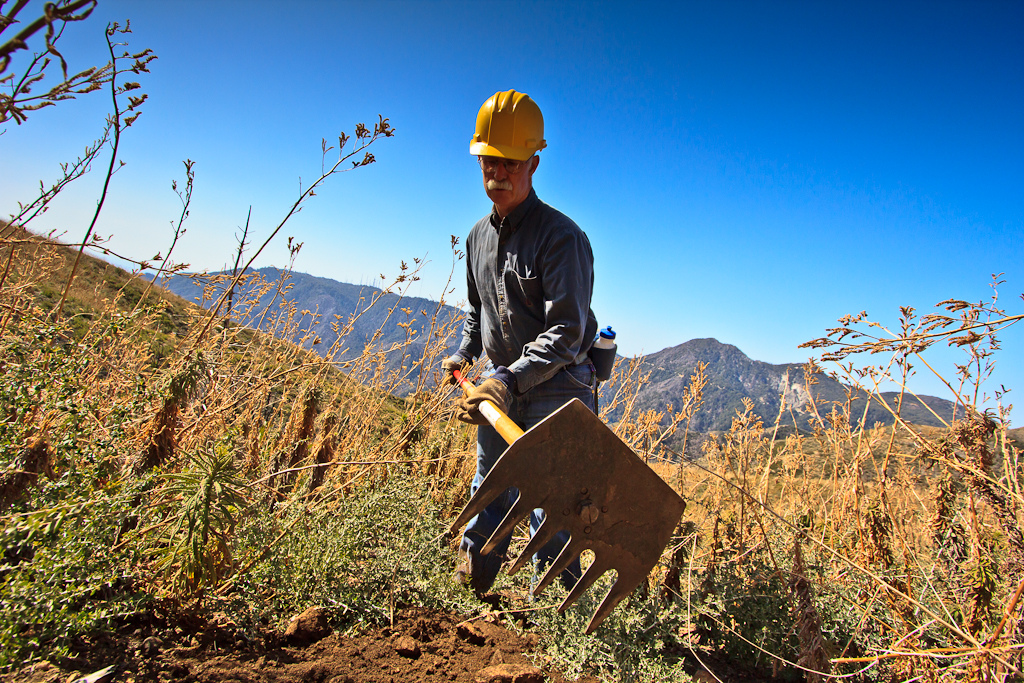As the San Diego fires raged this May, the Los Angeles Times reported that this year California had so far seen twice as many brush fires as is normal. This trend is likely to continue: the past three years of below-average rainfall have left plants dry and brittle, so it doesn’t take much to spark a fire.
But wildfires are natural, right?
Well, sort of. In moist environments, like those on the East Coast, organic matter is decomposed by fungi and other microorganisms. But here in Southern California, our chaparral ecosystems tend to be too dry overall to sustain those decomposers. Instead, periodic fires sweep through the area, decomposing organic matter into rich soil from which plants can resprout. So in that sense, yes – we need fires.
But historically, any given plot of chaparral has gotten burned every 30 to 130 years. More recently, because Southern California has been hit by numerous fires each year as a result of hotter, drier weather, the land is being burnt with much greater frequency. That means plants don’t have time to grow big enough to be able to recover from their roots after a fire. And when fires cause our native plants to die out, non-drought-resistant invasive species tend to take over. They dry out earlier in the season, creating more fuel for the fires, and a cycle is born. “Because of climate change,” says Lisa Cahill, TreePeople’s Director of Sustainable Solutions, “the balance of the fire cycle is out of whack.”
This shift in the balance has all sorts of effects. First, there’s the environmental damage. Not only are the plants in burnt-out areas damaged by fire, which in turn diminishes habitat for many species, but the watershed is also at increased risk of damage. Lisa explains that “all this destruction causes massive flooding and erosion” and negatively affects water quality. Soot particles, too, can adversely affect air quality.
And then there’s the economic side of it. As wildfires increase as a result of climate change, so will the cost of fighting those fires. Plus, as people move closer to wild areas, they are at greater risk of property damage: we may see increases in property damage costs by as much as 30% by the end of the century. And that’s a conservative estimate.
But short of miraculously ending the drought and reversing climate change, what can we do?
First, we can protect the land around Los Angeles by supporting native, drought-resistant species. TreePeople runs mountain restoration projects in the Angeles National Forest and the Santa Monica Mountains, and we’re always looking for volunteers to help us remove highly flammable invasive species in order to decrease the frequency and intensity of future fires.
You can also help out with our California Wildfire Restoration Initiative. Through the initiative, we work with the United States Forest Service to replant fire-damaged mountain forests when necessary. In 2013, we completed a three-year project involving more than 2,400 volunteers who planted 22,660 trees to help restore the areas burned by the devastating 2009 Station Fire in the Angeles National Forest.
This fire season is likely to be long and intense, so it’s important that we all do our part to mitigate the risks and take care of our city and the environment around it. We’ll be out in the mountains doing all that we can, and we hope you’ll check out our calendar and find a time to join us.

